(5986 products available)




















































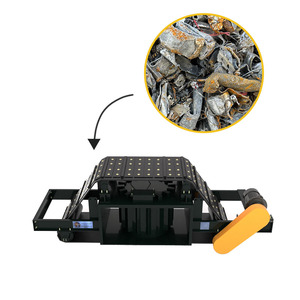







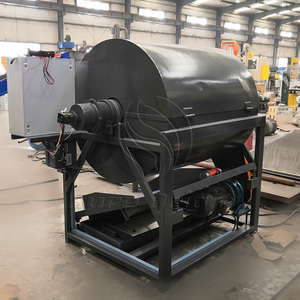

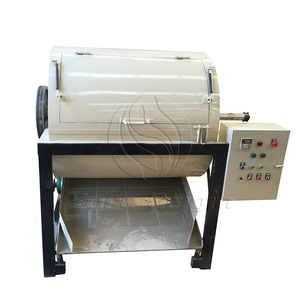










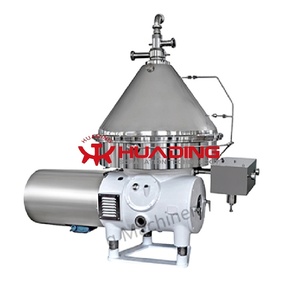

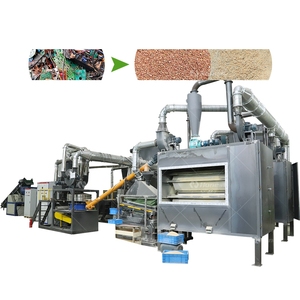



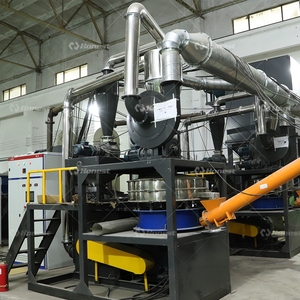













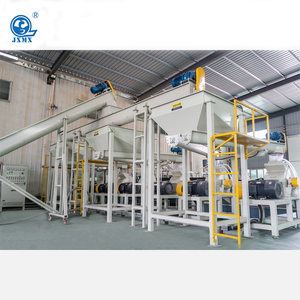













































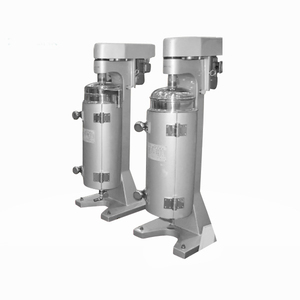
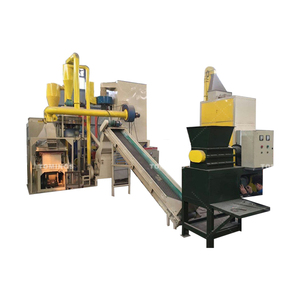










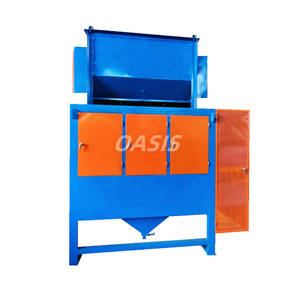

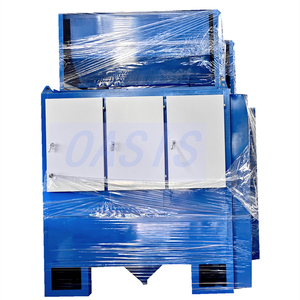


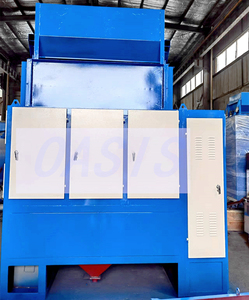

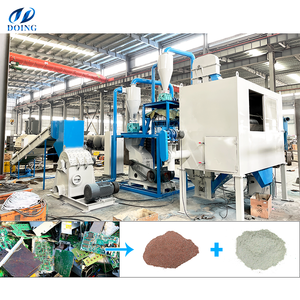





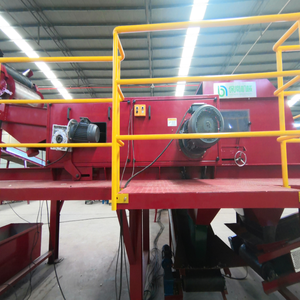
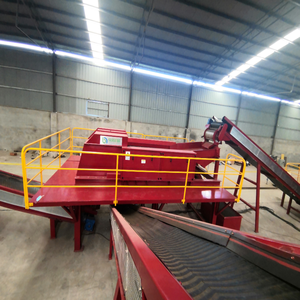


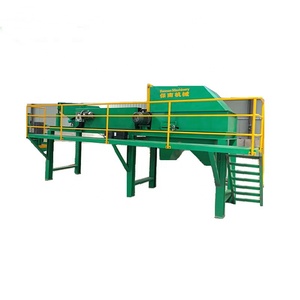
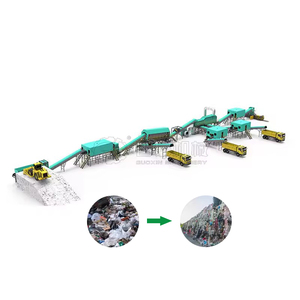


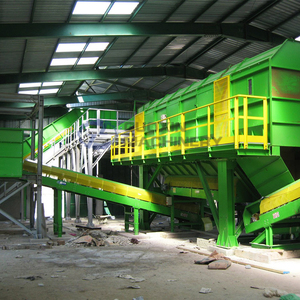









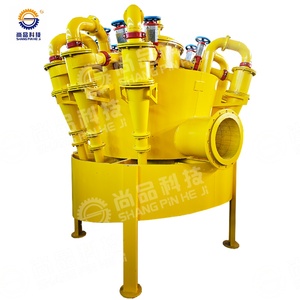











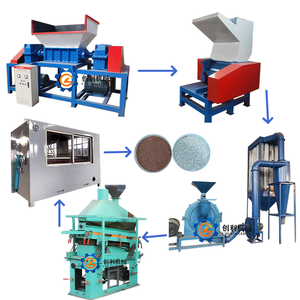


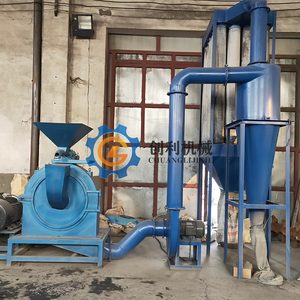







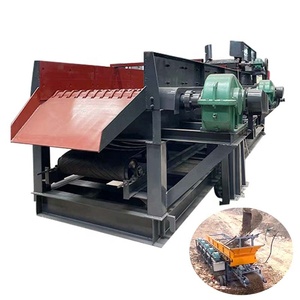



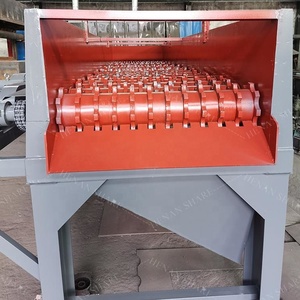

Applying the strong magnetic field characteristic generated by the electromagnets, the e separators work by attracting ferro-magnetic materials from non-magnetic materials. During this process, the separator can even magnetize a few non-magnetic materials. The attracted materials are moved away from the belt by a splitter, while the non-attracted materials fall down by gravity.
There are different types of separators:
Drum magnetic separators:
Drum magnetic separators are classifiers that use a magnetic field to separate ferromagnetic materials from non-magnetic materials. The principle of operation is similar to that of a conveyor magnetic separator. A magnetic field is created by permanent magnets placed inside a rotating drum. As the drum rotates, the magnetic field attracts and holds ferromagnetic particles that are being fed into the separator. The attracted particles are then released, or "dumped," into a designated area as the drum continues to rotate. This area is typically referred to as a "magnetic concentrate." Magnetic drum separators are commonly used in various industries, such as mining, recycling, and food processing, to improve product purity and prevent equipment damage caused by ferromagnetic materials.
Overband magnetic separators:
An overband magnetic separator is an industrial equipment used to remove ferromagnetic contaminants, such as iron pieces, from non-magnetic materials. It is typically positioned over a conveyor belt or cross-belt in such a way that the separator belt passes underneath the magnet, which is supported by a suspension bracket. When the magnet attracts the ferromagnetic contaminants, they are lifted, and the non-magnetic materials are allowed to fall back onto the conveyor belt by the force of gravity. The attracted iron pieces are dumped into a collection chute or container on the side of the belt.
Crossbelt separators:
Crossbelt magnetic separators, also known as overhead or transverse belt separators, are industrial devices used to remove ferrous contaminants from a product stream or non-magnetic material. They operate by suspending a magnetic crossbelt separator over a conveyor belt or in a belt transfer location. The magnetic field pulls the ferrous contaminants out of the product flow, which are then deposited on the side of the conveyor belt marked as "magnetic reject." The crossbelt magnetic separator provides efficient removal of iron-based materials, such as nails, screws, or other tools, restoring product purity and preventing damage to downstream equipment.
Magnetic filter:
An equipment design that is commonly used for the filtration of various liquid materials, such as oil, is the magnetic filter. This device employs the use of rods or magnets as part of its operating mechanism. In numerous fields, including food processing, petrochemicals, and manufacturing, magnetic filters are frequently used.
Due to the growing interest in clean and renewable sources of energy, the market for e separators is expanding. Because oil and water don't mix, emulsion separation is key to extracting the last drop of oil from a borehole and making it economically viable. This isn't just a drill hole; it's a commercial opportunity. Properly separating the emulsions means every hole could produce profit.
Paper or pulp processing firms can employ an e separator. Cellulose fibers from paper or pulp may clog and damage the machines if they are not well-separated. An emulsifier separator can help to prevent this problem and enhance machine efficiency.
The food and beverage industry uses e separators to extract valuable by-products such as whey from cheese production or to recover fat from fruit juices. Proper separation not only improves product quality but also maximizes overall yield.
Cleaning oily water from ships and the sea requires an emulsion separator. The oil-water combination can be split into harmless components with the help of an emulsifier separator. This stops pollution and gives the marine world a cleaner future. The oil from the ship won't end up hurting fish and the ocean's ecosystem because of the emulsifier separator.
Manufacturers of biodiesel rely on emulsifier separators. They separate glycerol from the biodiesel mix. The base material for biodiesel, animal fat, and vegetable oil, must also undergo separation. Accurate separation boosts biodiesel production efficiency and lowers processing costs.
Industrial sectors such as steel, textiles, and automotive often utilize emulsifier separators. They have to get rid of the cutting oils used in cooling parts while cutting. These oils can damage the machines. The emulsifier separator solves this problem by separating the emulsified oils. The machines are saved from possible damage. The life of the machinery is extended thanks to proper oil disposal, which also cuts maintenance costs.
Various industries rely on electric separators for their processes. When buying an electric separator, it is essential to look beyond the surface and have a well-thought-out plan. Knowing the source of supply is critical to getting dependable equipment. Suppliers like Chovm have many vendors from which to choose.
Not every suitable e separator will meet the needs of distinct industries or applications. Looking for its suitability and not just popularity will save many buyers a waste of resources. Study the intended use of the specific separating machine. Ask what types of material it will process or separate. This will ensure the final choice performs the desired task with maximum efficiency.
Understand the working principles of an electric separator. This will aid in understanding the scope of separation tasks it can perform. Its working mechanism may not align with an application's needs, so it is easy to see why it will be unsuitable. Pay attention to its specifications. An electric separator's design, including the construction material, affects its separation efficiency.
Focus on the motor power of the electric separator. Choosing suitable motor power will determine the volume of materials it will handle. High motor power is important for a high separation volume. Consider the frequency of maintenance and repairs. Sturdiness of construction determines how often the equipment needs maintenance.
While the maintenance needs are essential, also consider the ease of maintenance. Does the electric separator have replaceable parts? Is there any component known to wear out often? Prepare a budget that takes care of long-term ownership expenses.
Q1: How does an oil separator work?
A1: An oil separator works by exploiting the physical and chemical properties of oil and water. Pumping the mixture into the separator will allow the water and oil to settle until they form different layers, with the oil on top. Water at the bottom will then be discharged, and the oil will be scraped or pumped out.
Q2: What are the two main types of oil separators?
A2: The two main types of oil separators are gravity separators and coalescing separators. The former relies on the different densities between oil and water to let them separate by gravity, while the latter uses small plates to accelerate the coalescing process of oil droplets, making them larger to rise to the surface quickly.
Q3: What is the efficacy of an oil separator?
A3: The efficiency of oil separators can vary according to different types, specifications, and manufacturers. Most oil separators can achieve 95% to 99% separation efficiency, discharging only a small quantity of oil in the water.
Q4: What is an air separator?
A4: An air separator is a device that removes air or gas from a liquid during pumping or the one that separates unwanted air from a liquid in a process loop, commonly found in hydronic heating and cooling systems.